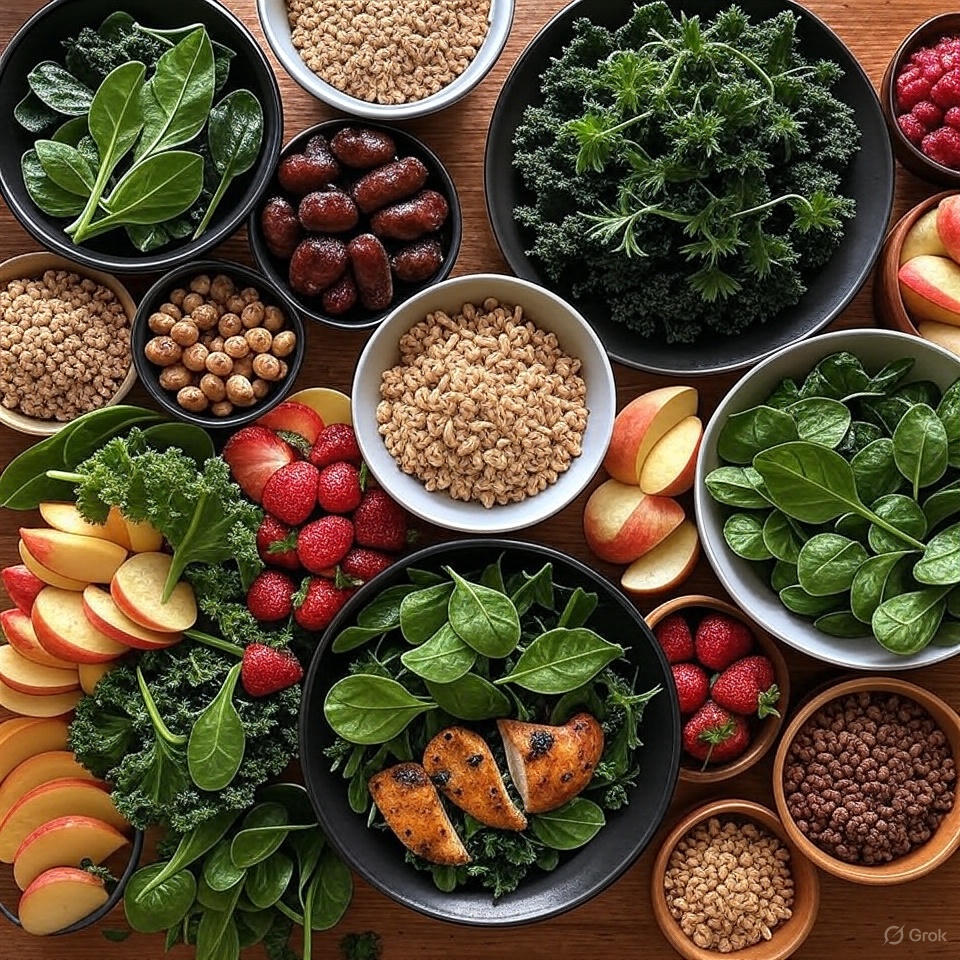Introduction
Good health is often seen as a universal goal—but what does it truly cost, and are there hidden drawbacks? In this comprehensive guide, we explore the advantages and disadvantages of good health through physical, mental, financial, and lifestyle lenses. Along the way, we’ll share actionable tips, supportive resources, and expert insights—including internal links to “How to Cope with Failing Health: A Caring Guide to Managing Decline”—so you can craft a healthy life that aligns with your values and daily routine.
Physical Advantages of Good Health
Increased Energy & Vitality
Healthy nutrition and regular activity can significantly elevate your energy levels. As shown on Livestrong, balanced food choices—rich in calcium, antioxidants, and healthy fats—boost physical performance and overall vitality (livestrong.com).
Reduced Disease Risk
Preventive nutrition strategies lower risks of chronic diseases such as heart disease, diabetes, and certain cancers. Following the Mediterranean diet, for example, can delay chronic conditions and extend healthy lifespan.
Better Physical Fitness & Injury Resistance
Regular exercise improves muscle strength, flexibility, and balance—reducing falls and injuries in daily life.
Mental & Emotional Benefits
Improved Mood & Mental Well-being
Healthy diets and exercise trigger endorphin release, enhancing mood and reducing stress levels. This contributes to a sharper mind and increased productivity.
Cognitive Clarity & Longevity
Eating well and staying active supports brain health. As Livestrong reports, immune-boosting nutrients keep your mind agile and focused. Preventive nutrition also supports memory retention as we age.
Social & Lifestyle Advantages
Greater Confidence & Positive Social Interactions
Improved physical shape, mental clarity, and vitality often lead to higher self-esteem and a more dynamic social life.
Long‑Term Financial Savings
While up-front investment in healthy food or memberships can be costly, long-term savings from avoided medical bills are significant.
Enhanced Life Purpose & Productivity
When physically strong and mentally resilient, individuals are more motivated and productive in personal and professional areas.
Hidden Disadvantages of Good Health
Higher Financial Costs
Healthy foods—especially organic or high-quality produce—often come at a premium. Gym memberships, fitness equipment, and supplements can also add up.
Time & Planning Demands
Organizing meal prep, workouts, and wellness routines requires time and discipline. Complex plans may feel burdensome when schedules are tight.
Social Isolation or Pressure
Strict health routines can create friction in social settings—people might find it difficult to attend social events, family meals, or dining out without compromise.
Over‑Obsessive Behavior
Focusing excessively on health can lead to orthorexia or rigidity, potentially harming mental health and well-being.
Balanced Strategies for Healthy Living

Smart Budgeting & Sourcing
- Buy seasonally and shop farmer’s markets for fresh, high-nutrient food at lower cost.
- Bulk buy staples like oats, legumes, and frozen produce.
Time‑Efficient Meal & Fitness Planning
- Batch-cook healthy meals, freeze portions, and reuse ingredients.
- Adopt short workouts, such as HIIT or daily walks, for busy schedules.
Flexible Social Inclusion
- Allow moderation—don’t skip meals or events just to stick to strict plans.
- Bring healthy dishes to gatherings or choose balanced options at restaurants.
Prevent Over‑Dieting
- Build mindful eating practices.
- Regularly reflect on eating habits—if food rules become obsessive, reassess and re-balance.
Tools & External Resources
Financial & Wellness Planning Tools
- Use budget-friendly apps like Mint or YNAB to track food and health expenses.
- Refer to MyPlate and Harvard’s nutrition guidelines (MyPlate.gov) for meal balance.
Exercise & Mental Health Platforms
- Try free or low-cost workouts like yoga from Fitness Blender.
- Explore online therapy and mindfulness platforms like Talkspace and Headspace.
Expert & Community Sources
- Viki for wellness storytelling and community sharing.
- Pediaa for evidence-based educational health articles.
- Forbes Health for expert-driven advice on health trends.
- Peer-support forums like HealthUnlocked and SupportNow for shared experiences and guidance.
Internal & External Link Strategy
- Internal: Link phrases such as “cope with health decline” to your guide at How to Cope with Failing Health….
- External: Cite authoritative sources such as Livestrong, MyPlate, Viki, Pediaa, Forbes Health, HealthUnlocked to boost trust and SEO value.
FAQs
Q: Is it possible to be too healthy?
A: Yes—excessive rigid habits can lead to stress, orthorexia, or social withdrawal. Balance and flexibility are key.
Q: How can I afford healthy food on a tight budget?
A: Opt for frozen produce, seasonal veggies, dry beans, and grains. Batch cooking saves both money and effort.
Q: What if I don’t have time for exercise?
A: Start with micro-workouts—5–10 minute bursts—walk during breaks, stretch at your desk, or use body-weight exercises.
Summary & Call‑to‑Action
Healthy living brings energy, resilience, and reduced illness risk, but also demands investment, planning, and balance. The key lies in making smart choices—saving money without sacrificing nutrition, staying socially engaged, and keeping routines flexible.
Share your story—what health tip changed your life?
Comment below or click to explore our deeper guide on coping with health decline.
Subscribe for direct tips on sustainable healthy living!




